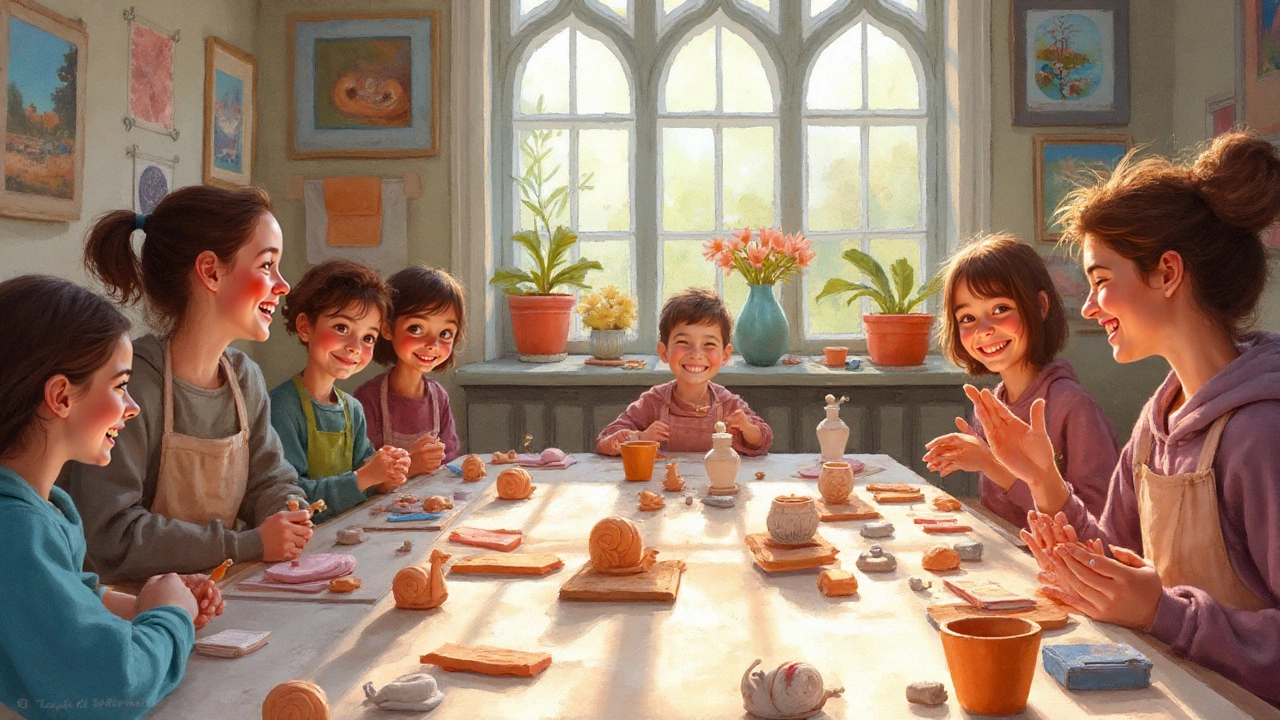Easy Sculpting Materials for Beginners on a Budget
If you want to start sculpting but don’t want to spend a fortune, you’re in the right place. Below you’ll find the most affordable, easy‑to‑work‑with supplies that let you create real‑looking pieces without breaking the bank. All these options are available at art stores, online marketplaces, or even around the house.
Top Cheap Materials You Can Use Right Now
Air‑dry clay is a classic starter. It hardens on its own, so you skip the oven or kiln. Look for the lightweight version if you’re new; it’s easier to shape and less likely to crack.
Plaster of Paris works great for quick molds. Mix it with water, pour into a simple silicone or cardboard form, and you have a solid piece in minutes. Just wear a mask – the dust isn’t fun to breathe.
Paper mache is basically newspaper, glue, and water. You can layer it over wire armature or cardboard to build big shapes. When it dries it’s surprisingly sturdy.
Aluminum foil might sound odd, but it’s perfect for creating a rough base. Wrap foil around a rough shape, then cover with clay or plaster. It saves material and gives you a lightweight core.
Recycled materials like plastic bottles, cardboard boxes, and old toys can become the skeleton of a sculpture. Cut, glue, and combine them before adding a finishing material.
How to Work With These Materials
Start with a simple armature. Wire, wooden dowels, or even a bundle of foil can hold the weight of your clay or plaster. Keep the armature loose enough to adjust, but firm enough not to collapse.
When you use air‑dry clay, keep it covered with a damp cloth when you’re not working. This prevents it from drying out too fast and cracking. For plaster, mix just enough to fill your mold – extra mix will waste time and material.
Paper mache needs a good glue mixture. A common recipe is one part flour to two parts water, cooked until smooth. Spread thin layers and let each dry completely before adding the next.
After the main material hardens, sand any rough spots with fine sandpaper. Then you can paint, seal, or apply a clear coat to protect the piece.
Cleaning up is easy: warm, soapy water for clay, and a quick brush for plaster dust. Keep a plastic bag for leftover clay – it can be re‑moistened later.
Finally, remember to test a small piece first. Each material behaves a bit differently, and a quick test saves material, time, and frustration.
With these cheap, easy materials you can start sculpting right away. Mix, shape, and experiment – the best part is that you can try many ideas without worrying about cost. Happy sculpting!
